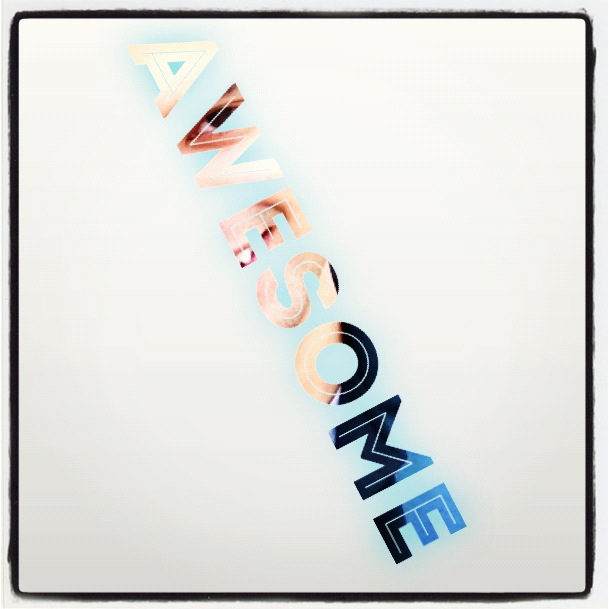Podcast: Play in new window | Embed
Tech News & Commentary
Wayne in Pittsburgh, Pennsylvania listening on Zeno Radio asked: “I have a copper telephone line, it’s not cable or FIOS. I use it to do touch tone banking, where I enter my credit card numbers in when I’m ordering something. The thought of switching to a VOIP service appeals to me. My concern is security. Is it easier, harder, the same, to have my line tapped? Is it easy for someone to get my bank account numbers when I key in my card numbers? Is the concern valid, even somewhat? Or am I trading one set of fears for another?”
Your chances of getting your line tapped are probably about the same. The only thing that could make a VoIP line easier to tap would be network analyzers being able to pick on VoIP data packages traveling through the network, but you need to be connected to the network to see that. It’s a little like saying “someone can listen in on your regular phone line, if they have physical access to your phone line.”
Tapping into a network might be a little easier if unsecured WiFi is involved, but as long as your network is reasonably secure you don’t have that much to worry about. A lot of VoIP services also use heavily encrypted data so, even if someone were to capture your packages while they travel through your network, if you’re using an encrypted service they’d still be very hard to decode.
The area where VoIP loses out to traditional phone lines is when it comes to resilience. If your power goes out, so does your VoIP line, if your internet goes out, so does your VoIP line, there are a few more factors that can kill your phone service than if you use a dedicated phone line.
Having said that, odds are you’re using at least cordless phones, which also wouldn’t work when the power is out, and your chances of losing internet service and of losing phone service are probably about the same, so these potential problems are usually not deal breakers for most people, especially not to people who have cell phones they can use as backups.
The real inconvenience might come from living in an area that is prone to natural disasters of some kind, if you expect that you might be without power for a week or so, then you won’t have internet access, you won’t be able to rely on your cell phone and then a traditional phone line with a corded phone might be better… other than that, a VoIP line should serve you well and not bring you any significant extra security concerns.
For more information tune in to Hour 1 of our podcast.
Consumer Reports with Terry Sullivan
There’s been a lot of buzz about a new digital camera called the Lytro, which is supposedly the first digital camera that can focus after the picture is snapped. Consumer Reports Associate Editor Terry Sullivan tells us more about this innovative product.
The “Into Tomorrow” team discussed the latest apps that they
have been playing with recently.
For Android:
• Listener Paul recommends: iScore, $9.99
“iScore Baseball / Softball Scorekeeper is the easiest and most intuitive way to track a baseball or softball game. With the #1 Baseball Scoring app for the iPhone and iPod touch, you can score youth baseball/softball, high school games, college games, and even professional games just like the pros. Also available for iOS”
For iOS:
• Mark recommends: iDocs Pro HD & Connect by QuickOffice,
“Google Docs editors. iDocs Pro HD much better for sorting, finding, and accessing the docs but Connect by QuickOffice is better for editing them.” — Mark
• Rob recommends: Photo In Word, FREE
“This is a fun app that adds text to your pictures in a very neat way. The text overlays whatever image you choose and you only see the part of the image in the background wherever there is text. All you do is type a word, choose the font, color, size and glow, and then choose a photo (from your album or take a photo). The app will make the picture and word blend. You can scale, rotate, move any elements. And you can add more than one word to the picture. I recently did one with the word ‘AWESOME’ and posted it on Instagram. The app is available as a free download on iTunes App Store.” — Rob
Awesome Picture
Tune in to Hour 1 of our podcast for more details.
Guest in this hour:
Brian Lawson, Co-Creator – Action Alert
School’s out and where are your kids? Brian shares some helpful tips to ensure safe summer computer use for your kids.
Rodney, Ellenville, NY listening on WELV 1370 AM asked: “How do you use EchoRoamer to sync your iPhone with TV?”
For those of you that don’t know, Echo Roamer is a wireless AV transmitter. It allows you to wirelessly display what is on your iPhone to your TV. It’s a device that looks like a case for your iPhone. It has a very “user friendly” plug-and-play feature. All you have to do is connect the transmitter to your phone, and the receiver to your TV and you’ll be up and running.
Just make sure to switch your Echo Roamer to the correct mode after fully charged. At present, the Battery Capacity of Echo Roamer is 1000mAh. In order to save the life of the battery, we recommend users to turn off the media mode when you don’t use the media functions.
Because Echo Roamer uses the wireless technology during the transmission, it can be affected by the electromagnetic interference. If you want to get the best game experience, please try to avoid wireless interference around the receiver, such as the WiFi router.
For more information, tune in to Hour 1 of our podcast.
Larry in Ocala, Florida listens on WOCA 1370 AM asked: “I have a computer that came with a monitor. The shorter, not the one that’s more common now. If I get a bigger monitor and I hook it up, will it start working right away, or will I have to do something to adjust it?”
In theory… Yes. The only area you may run into a problem is if your computer is very old. In some cases, older computers have video cards that don’t support the higher resolution or the aspect ratio of the newer widescreen monitors. But this is rare.
You will get the best quality picture in whatever the native resolution of the monitor is. If you go into your display settings, you will be able to see what resolutions are available for your particular video card. If one of those settings will allow for a widescreen image, it will work. If one of the available resolutions matches the native resolution of your monitor, even better. You will get the best quality picture.
For more information, tune in to Hour 1 of our podcast.
Shawn in Shenandoah, Iowa calling in via the App asked: “I’m looking for devices to stream video to HDTV, my little laptop works really well, but I’ve looked over a few items, the Roku and other devices like that, but I don’t know if there are any specific items that you might like that stream video to the TV. Otherwise I’ve been looking at a few things that only works with certain laptops which I think is really silly. Second question: What is DLNA? does my TV need it or my laptop need it? I’m not sure what it is, so if you could tell me what DLNA stands for and what it means I’d appreciate it.”
If you want a dedicated box to play internet videos from, there are several. We’ve tried the Roku and Boxee boxes. Both can play web content without the need for a computer, both will give you access to popular sources of online video, like Netflix, Amazon on Demand, Vudu, Hulu Plus, YouTube, etc.
The least-expensive Roku box will cost you just $49, and you can run Boxee for free from your laptop or iPad, if you don’t want to spend any money.
You can also look at Google TV and Apple TV. Apple TV will offer you fewer choices, in terms of full length content you’ll be restricted to Netflix and iTunes. You’ll have access to YouTube, Vimeo, MLB and other sources, but not for movies and TV shows.
Now, as for your follow-up question: DLNA stands for Digital Living Network Alliance, and is a wireless standard to connect different devices at home, for example, you could transfer your pictures wirelessly from your DLNA camera to your DLNA TV or printer, or wirelessly transfer music from your DLNA laptop to your DLNA music player.
DLNA is probably not something you need for your TV or laptop right now. It’s probably something that’s nice to use if you happen to have it, but not many people or devices are using it yet.
For more information tune in to Hour 1 of our podcast.
This Week’s Prizes for Our Listeners
Creative: Live! Cam Connect HD — Webcam that records 720p video
Planon System Solutions: A couple of SlimScan SS100 Credit Card Sized Scanners
Scott Steinberg: Copies of his new book “The Modern Parent’s Guide to Kids and Video Games”





